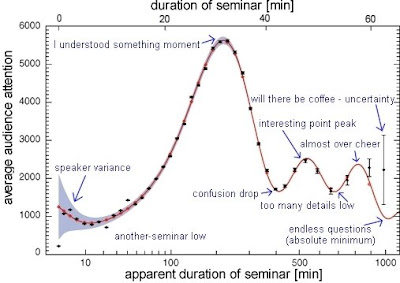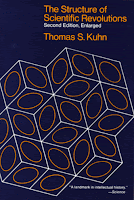 Pure land: Painted 19th century Tibetan mandala of the Naropa tradition, Vajrayogini stands in the center of two crossed red triangles, Rubin Museum of ArtPure land
Pure land: Painted 19th century Tibetan mandala of the Naropa tradition, Vajrayogini stands in the center of two crossed red triangles, Rubin Museum of ArtPure landMandala in Buddhist iconography, especially sand mandala are 'pure lands' and may be understood as nirmanakaya, as are all murti, thanka and sacred tools that have consecrated, dedicated and the 'deity' (Sanskrit: ishtadevata) invoked and requested to reside. Some namkha are pure lands. According to Nirmanakaya (as tulku) theory, nirmanakaya spontaneously arise due to the intention, aspiration, faith and devotion of the sangha.
How many would actually understand what I am saying if they themself had not recognize how such model building can be seen in relation to what the Pureland Represents "inside" and not as some symbolic state of the political ideology that a psychopath would adorn and assigned as symbol of perspective in society according to their meaning to be transposed to society. Even then my own words are suspect, while I ask that what the pure land represents is to focus on what the story on stage is talking about, or what the symbol represents internally.
 Ring of Power
Ring of Power by Jean Shinoda Bolen, M.D.
Empowerment means then to wake up and see how deep these interpretations can go and is about the self in terms of the society in which they live. It is not about individuality and how it sets according too, but of the larger perspective of humanity that it recognizes there is a deeper voice that resides in their own being that is good. Not to have it supplanted with and forgoing of the power to determination as to a course of action in life to be able to choose.
***Would we assign "Plato's Dialogues" or "Sir Francis Bacon's Shakespearean plays" to such examples of what might be transmitted to society by the author?
 Ring of Power
Ring of Power by Jean Shinoda Bolen, M.D.
Many people set the stage for what is to be transposed to others, that this language is inescapable as to it's meaning, and further, given the insight that was first found of value, as it rests within ones mind can be found to lead to a understanding that is so clear for another person, their is no room left for doubt.
Temenos (τέμενος,[1] from the Greek verb τέμνω "to cut"; plural: temene) is a piece of land cut off and assigned as an official domain, especially to kings and chiefs, or a piece of land marked off from common uses and dedicated to a god, a sanctuary, holy grove or holy precinct: The Pythian race-course is called a temenos, the sacred valley of the Nile is the Νείλοιο πῖον τέμενος Κρονίδα, the Acropolis is the ἱερὸν τέ The concept of temenos arose in classical Mediterranean cultures as an area reserved for worship of the gods. Some authors have used the term to apply to a sacred grove of trees,[2] isolated from everyday living spaces, while other usage points to areas within ancient urban development that are parts of temples.[3]
A large example of a Bronze Age Minoan temenos is at the Juktas Sanctuary of the palace of Knossos on ancient Crete in present day Greece, the temple having a massive northern temenos.[4] Another example is at Olympia, the temenos of Zeus. There were many temene of Apollo, as he was the patron god of settlers.
In religious discourse in English, Temenos has also come to refer to a territory, plane, receptacle or field of deity or divinity.
Such model building while so far from the reaches of the average mind, such plays and stories of mythic proportion have been chosen more to illustrate "without that doubt" as to the course the psychological failings of the individual, are see it played is out in front of them. What witness is the mind as it journeys to such states that it counts for itself all that is done, so that it may assess it own self as to what course of action shall lead to what future?
A child of a broken home who grows up to become, and what has this imprinted on a mind that is flawed as to it's reasoning when the adult cannot escape their own history? What is the healthy mind that cannot discriminate and hold in perspective an elevated view of their own life, that they had decided to remove themself from the repetitive rote system of, and sleepy ways of uncaring?
They must learn to "know themself" and care about themself.
***
I ask you then. Shall I play the role of the magician, and for all appearance sake assign any of you to the solidify state of existence that is conceptually created so that you are it? States of confusion exist, so that one can ask themself where it is they belong, and if aligned with this or that view, how is it you are that.
You are so much more then what concepts are applied as a rule. Do you want to solidify your position? Do you want to be "judge and jury" and assign others?
If I say I am "set c" in a diagram that is representative of entanglement to the relationship associated in Transactional analysis then what is "set c?"
***See:
Venn Logic and TA
 Kaluza-Klein (Invisible Architecture III) by Dawn Meson
Kaluza-Klein (Invisible Architecture III) by Dawn Meson 



















